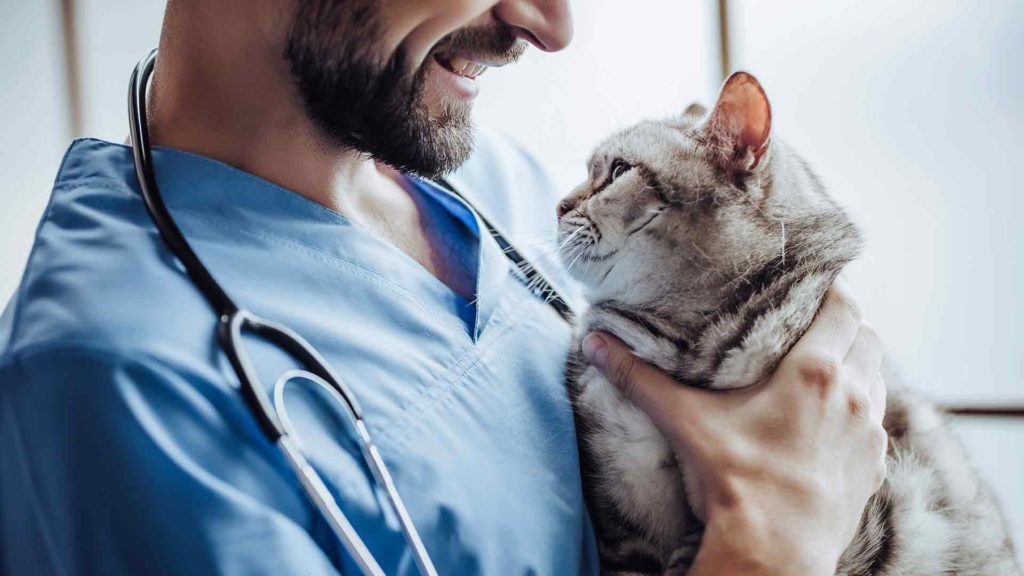In PLV (mechanical ventilation), oxygen - carrying fluids - is dripped through the lungs into the lungs of the patient. In this article I will describe how PL V is used today and how patients who receive it can be cared for. The currently preferred liquids are liquids with oxygen and carbon dioxide bearing properties (e.g. liquid oxygen, liquid carbon monoxide). Perflubron helps to open collapsed alveoli, increase gas exchange and improve lung conformity so that the ventilator can operate at the same level it reaches. This improved conformity allows ventilation with increased tidal volume, resulting in increased gas exchange and PFC fluids in the lungs, which can contribute to improved ventilation and mismatch of the perfusion. ...

Supporters of trapping and killing programmes
continue to justify this cruel practice on the grounds that feral cats
pose a threat to public health and spread disease. Wildcats live healthy
outdoors and do not spread disease to humans, and this science is
reflected in public health policies across the country. In fact, feral
cats spread some diseases, but not nearly as many as humans, according
to the US Centers for Disease Control and Prevention (CDC).
The best approach for feral cats is Trap
- Neutral - Return, which benefits both the cat and the community. More
and more public health authorities are relying on trap, neutering and
return for feral cats, replacing outdated guidelines based on unfounded
fears. Instead, the policy for feral cats should reflect science and
facts: feral cats are healthy animals and do no harm to humans.
We have compiled the following FAQ on
the public health risks of feral cats and rabies in the UK. For more
information on the health of feral cats, please follow the FAQ for a
complete list of information and links to the latest information.
New laws (SB 131) amend the Animal
Control Act and require cat owners to have their pets vaccinated against
rabies by a licensed veterinarian. Rabies is the world's deadliest
communicable disease and is fatal when it is infected. It is a zoonotic
disease as it spreads between animals and humans and can be fatal in
cats, dogs, birds, reptiles, amphibians, humans and other animals.
The recent publicity about outdoor cats
has understandably caused concern among residents of Indian River
County. You may wonder why this is such a big deal as a public health
concern.
While the risk of disease transmission
between cats and humans is generally low when animals are kept indoors
and routinely groomed, free-roaming cats are a constant concern for the
community. Children are at a higher risk of disease transmission through
cats because they are more likely to approach and interact with cats
and cats are more exposed than adults to other animals such as dogs and
humans. While the risk of injury and disease to communities from these
persistent threats of injury and disease is no longer sustainable, it is
no longer sustainable to control stray cats.
It is very difficult for keepers and
keepers to keep track of which animals are vaccinated, "says Dr. Michael
D'Agostino, director of the Department of Animal Health at the
University of California, San Diego School of Veterinary Medicine. Some
animals do not receive the same vaccination protection as other animals,
such as dogs and cats.
Those who feed or care for feral cats
are urged to take advantage of the public health benefits of
vaccination, such as protection against rabies, fleas and other
diseases.
Vaccinating, neutering or neutering can
protect against rabies and help prevent the spread of the disease, Brown
said. State law also requires that all cats, dogs and ferrets younger
than 6 months must be vaccinated against strains. It is strongly
recommended to vaccinate cats and in some cases livestock.
The department tests animals for rabies,
helps health care providers identify potential risks of rabies
exposure, advises on how to manage rabies exposure in humans, and tests
wild and domestic animals suspected of having rabies. The Department of
Animal Health and Veterinary Services of the Ministry conducts
activities related to wildlife management and domesticated animals in
partnership with local animal control authorities. It monitors the
activities of local animal control authorities, educates the public on
the prevention of rabies and assists in the identification and treatment
of wild animals as well as in the prevention and control of domestic
and wild animal diseases.
Feral cats seldom seek direct contact
with humans, and even if they develop rabies, they cannot spread the
disease by biting. Trap, Neutrals and Return are a protective measure
against strays because the vaccination component of the TNR program
ensures that cats in managed colonies cannot catch and spread rabies,
"Ackerman says. If it sounds like a cat jumping out of an alley
unexpectedly, it's because it is, but it won't be.
Alarmed by the increasing outbreak of
toxoplasmosis in the water supply, the authors of the latest study
openly discuss the need to control feral cat populations in the US and
other countries, especially in rural areas. While researchers continue
to study the parasite T. Gondii, it becomes clear that faecal control is
not possible for nothing - stray cats. Advocates of TNR have shown a
profound disregard for clear science in this report, which is why feral
cats and TNVR are a very bad idea in communities across the country.
The authors come from renowned medical
institutions, including the John Hopkins University Medical Center and
the University of Maryland, Baltimore County, Maryland.
The AVMA recognizes the need to reduce
the number of free-roaming and abandoned cats in the United States in a
humane and ethical manner. The identification and minimisation of the
effects of feral cats on the public health of cats and other animals
will be promoted in order to minimise risks to human health, animal
welfare and animal health and welfare.
Comments
Post a Comment